Xi Yanping, Shuanghuanglian, Qingkailing…….
The names of these traditional Chinese medicine injections must be familiar to everyone. When we were young, whenever we had a fever and coughed, our parents would take us to the hospital and hang a bottle.
Even now, when children are ill, they are often injected with this kind of traditional Chinese medicine injection in hospitals.
These days, these familiar traditional Chinese medicine injections have been pushed to the forefront. The discussion on traditional Chinese medicine injection on Weibo has been read by more than 12 million people.
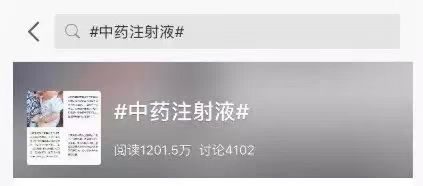
In Zhihu, the discussion on the safety of traditional Chinese medicine injection also occupied the hot list.
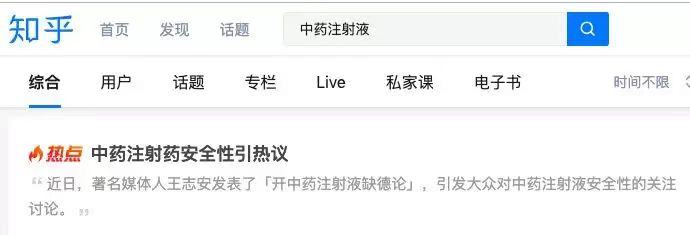
These discussions originated from a complaint by Wang Zhian, a well-known media person.
He believes that traditional Chinese medicine injection:
[Chinese medicine does not recognize and Western medicine does not recognize, which is a rare freak that neither Chinese nor Western medicine recognizes.]
[There are many deaths due to allergy every year.]
In recent years, adverse reactions of traditional Chinese medicine injections have occurred frequently, causing doubts about the safety of traditional Chinese medicine injections from all walks of life.
Why is such a high-risk traditional Chinese medicine injection still widely used clinically?
I. Traditional Chinese Medicine Injection: Products of Specific Historical Period

The first traditional Chinese medicine injection in history came from the Anti-Japanese War.
In 1940, it was the stalemate in the Sino-Japanese War.
Due to the enemy’s blockade and the need for convenience in the Anti-Japanese War march, Lihua Pharmaceutical Factory, which was established at that time, developed the first traditional Chinese medicine injection in history, Baochenglier, by distilling the herb Bupleurum.
This is also what we later known as Bupleurum injection.
At that time, there was no condition for high-quality scientific demonstration and research. The researchers only conducted a small-scale experiment and came to the conclusion that Bupleurum chinense injection [has analgesic and antipyretic effects and has no toxicity] and put it into use.
After liberation, New China is still in an era of lack of medical resources, and the country is still encouraging people to develop Chinese herbal medicines from top to bottom.
Until the 1980s, more than 1400 kinds of traditional Chinese medicine injections were successively developed, and the production of traditional Chinese medicine injections entered its heyday.
After 2000, the adverse reactions of traditional Chinese medicine injection were gradually reported by the media and gradually entered a period of strict supervision.
At present, there are still 140 varieties that have not yet been eliminated in circulation on the market and are distributed in hospitals and health clinics all over the country.
However, only 140 varieties of traditional Chinese medicine injection also constitute a sales volume of 100 billion yuan.
Second, the safety is worrying,
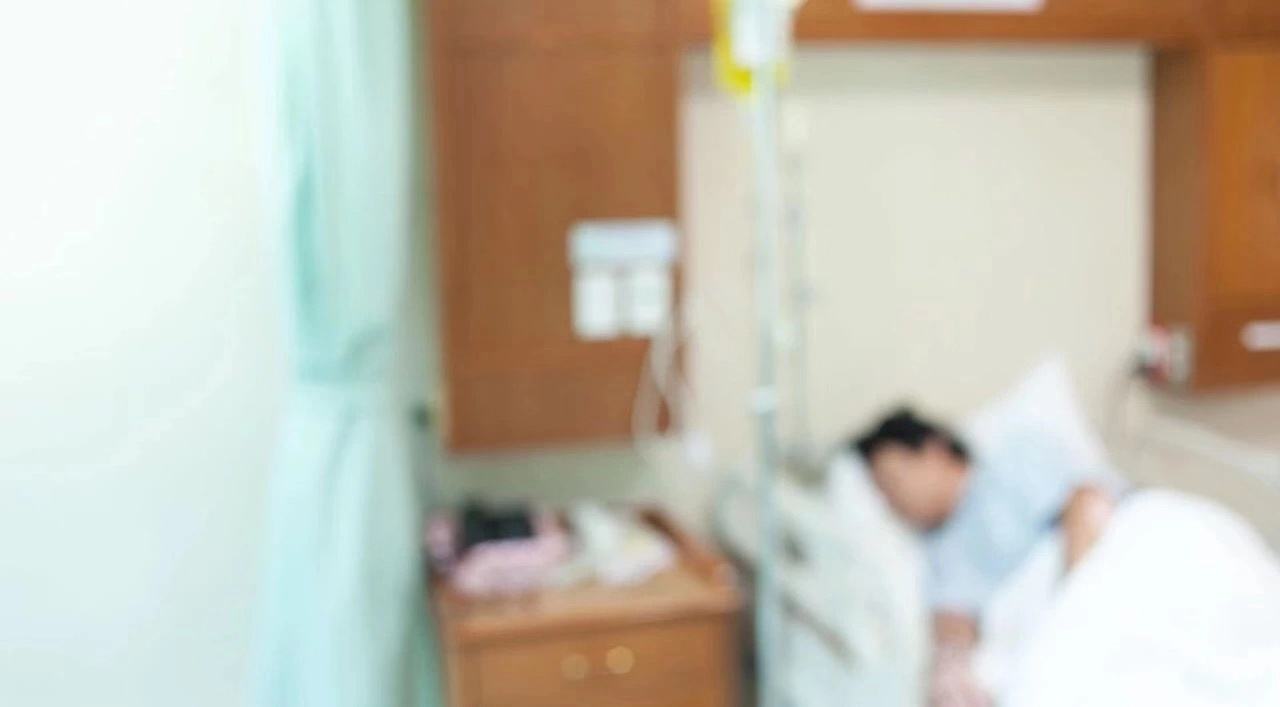
Regarding the administration method of children’s illness, from the perspective of safety:
Oral > intramuscular > infusion (intravenous injection)
Intravenous injection directly enters the child’s blood and lacks the barrier protection of gastrointestinal tract, which is more likely to induce rash, pruritus, chills, high fever and even coma, as well as allergic reactions such as local skin redness, swelling and pain.
According to the data of the National Adverse Drug Reaction Monitoring Center, in the report of adverse drug reactions/events of traditional Chinese medicine in 2017:
· 54.6% for injections and 37.6% for oral preparations;
· Injection accounted for 64.7% of the total report;
· 77.6% of the serious reports involved the route of injection.
Traditional Chinese medicine injection, compared with ordinary intravenous injection, is more like a [freak]: although it is traditional Chinese medicine, it is not taken orally, but injected.
However, compared with ordinary intravenous injection, traditional Chinese medicine injection has another defect that cannot be ignored:
The composition of traditional Chinese medicine injection is complex, the existing manufacturing process cannot guarantee the purity of its composition, and it is difficult to control impurities. Macromolecular substances may directly enter blood circulation, causing capillary blockage, inflammation and even serious allergic reactions.
Such dangerous administration methods are often used in fever, cough and other common symptoms of upper respiratory tract infection.
Three, 120,000 adverse reactions a year, serious can die
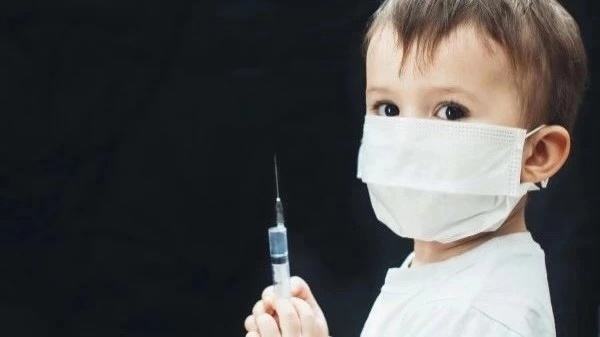
In December 2018, a 10-year-old boy in Shaanxi Province developed shock symptoms after being injected with 5% glucose injection + Xiyanping injection, and died after ineffective rescue.
In October 2009, a 59-year-old patient in Gansu was diagnosed with toxic epidermal necrolysis after being injected with Qingkailing injection due to a cold, and eventually died of severe symptoms.
In February 2009, three patients in Qinghai Province had adverse reactions and one died after using Shuanghuanglian Injection produced by Jiamusi Branch of Heilongjiang Wusulijiang Pharmaceutical Co., Ltd.
In April 2006, a 3-year-old boy in Hanyang District of Hubei Province suffered from anaphylactic shock during intravenous drip of Houttuynia cordata injection, resulting in death.
…….
However, there are countless adverse reactions with mild symptoms.
From 2013 to 2016, the National Adverse Drug Reaction Monitoring Network received adverse drug reaction reports of traditional Chinese medicine injection as follows:
· 121,000 cases in 2013
· 127,000 cases in 2014
· 127,000 cases in 2015
134,000 cases in 2016
However, these do not include cases where local and township governments have not reported adverse drug reaction monitoring centers.
Adverse reactions of traditional Chinese medicine injection occur frequently, which has resulted in many revisions of the instructions of traditional Chinese medicine injection by the Food and Drug Administration in recent years.
In August 2016, China Food and Drug Administration (CFDA) issued a public notice clearly stating that Yinzhihuang Injection is prohibited for newborns and infants (under three years old).
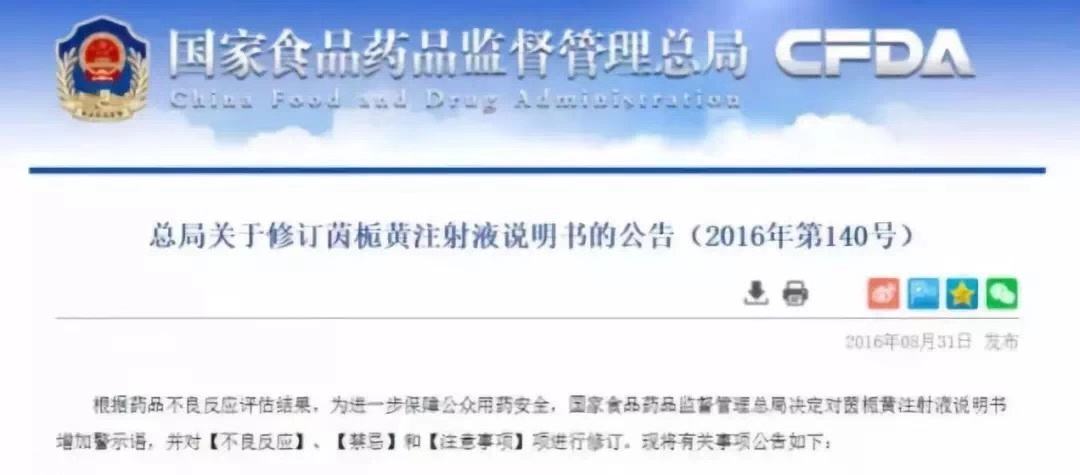
In May last year, the State Food and Drug Administration issued the < < Requirements for Revision of Instructions for Bupleurum Injection > > which requires Bupleurum Injection to indicate [forbidden for children] in the “taboo” items.
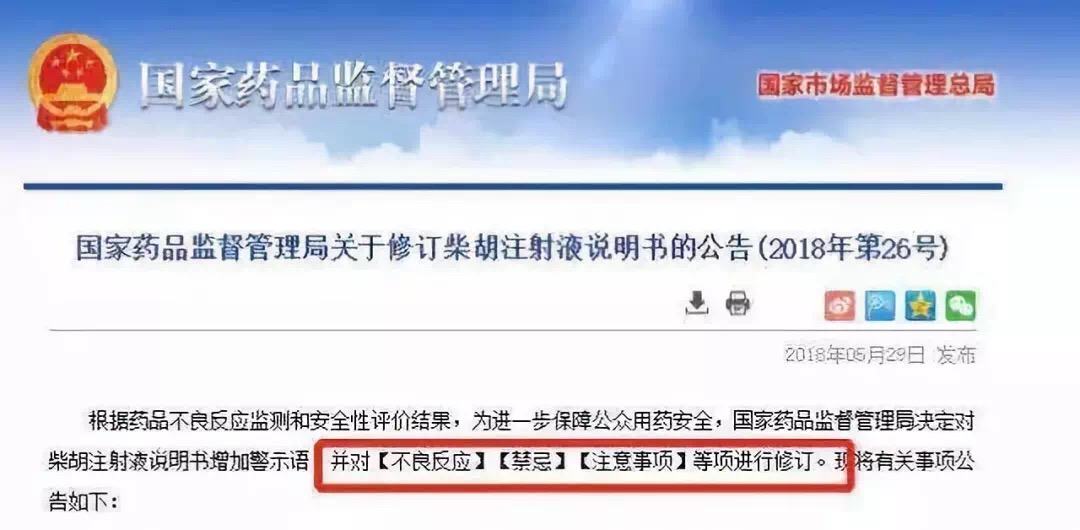
Subsequently, Shuanghuanglian Injection was also ordered to revise the instructions to make it clear that children under 4 years old are forbidden.
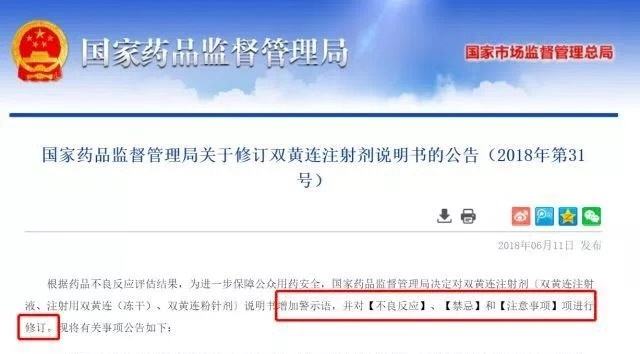
In 2018, the state has started reevaluation of the safety and effectiveness of traditional Chinese medicine injections.
During the two sessions of this year, NPC deputy Xiao Wei suggested that the work objectives and work plans for the reevaluation of traditional Chinese medicine injections should be drawn up as soon as possible.
Behind the repeated revision of the instructions for proprietary Chinese medicines is the determination of the state to standardize the market.
Four, protect children and their families, away from traditional Chinese medicine injection
We have counted that from 2005 till now, the State Food and Drug Administration has requested a total of 21 kinds of traditional Chinese medicine injections to revise their instructions, explicitly banning pregnant women or children.
The following list, I hope all parents can remember it.
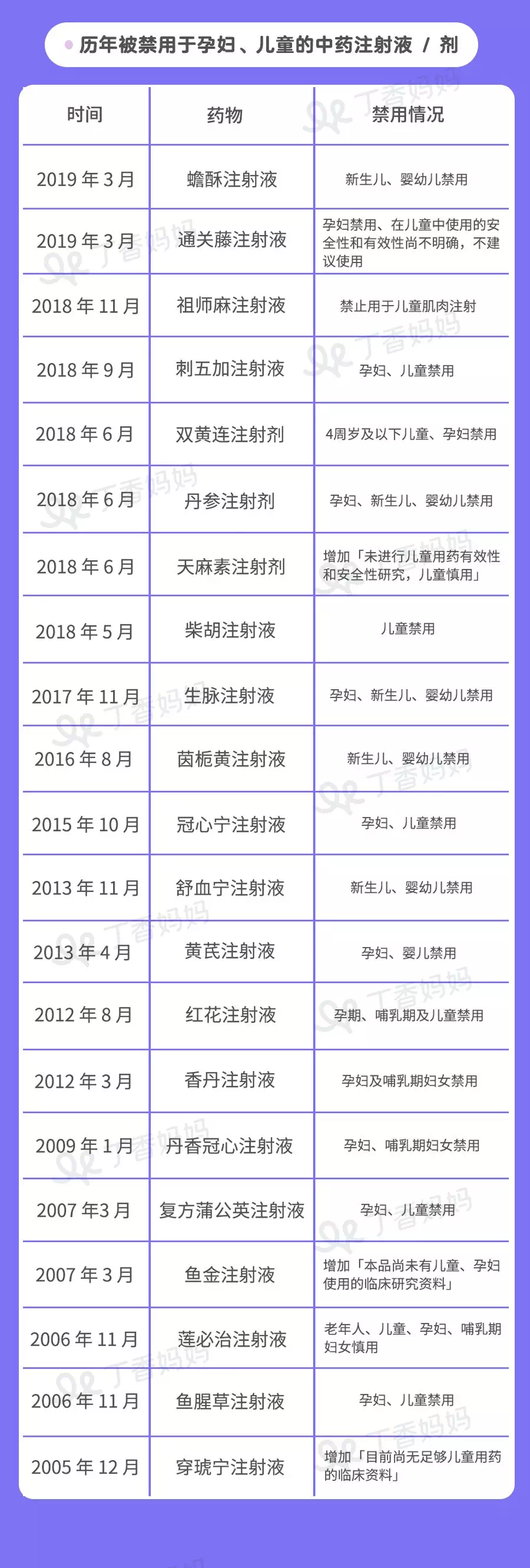
As for other traditional Chinese medicine injections, it is also recommended that everyone should not use them for children and stay away from them as far as possible.
Traditional Chinese medicine injection has accompanied the growth of our generation.
Now, it is time to leave them in the dust of memory and history.
